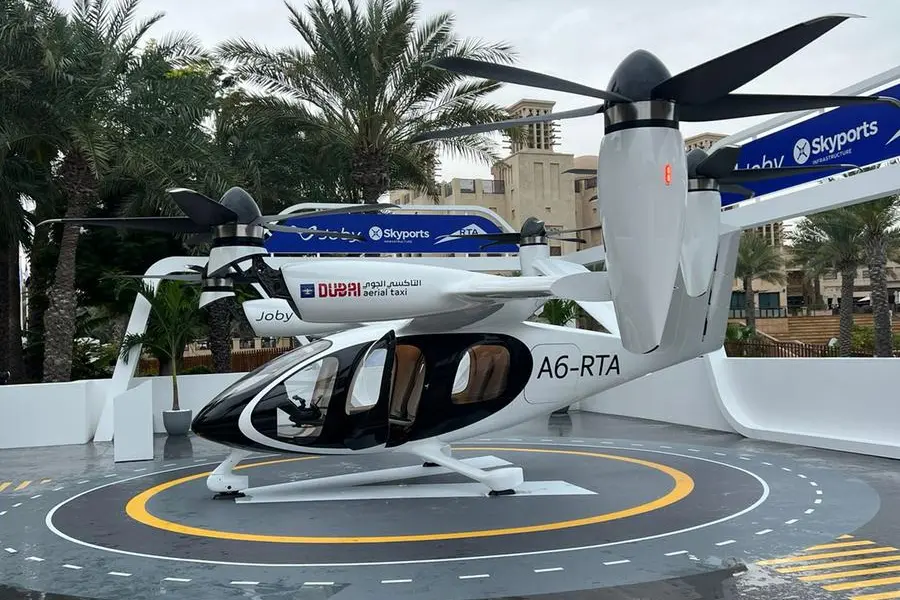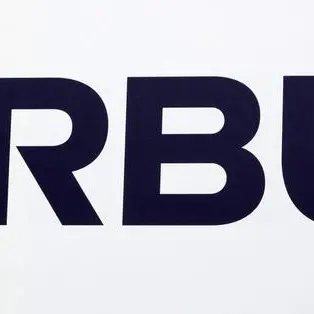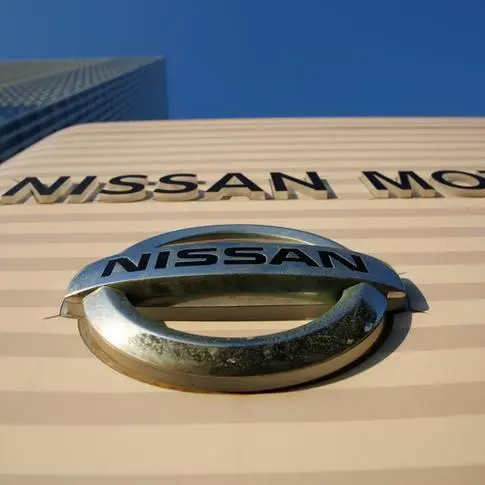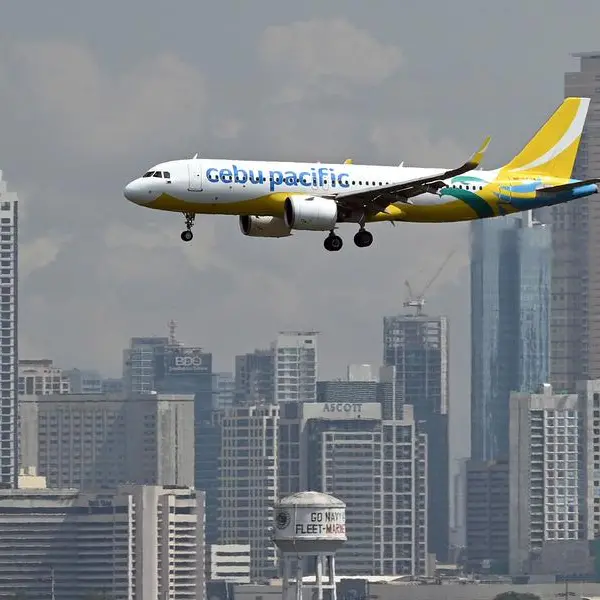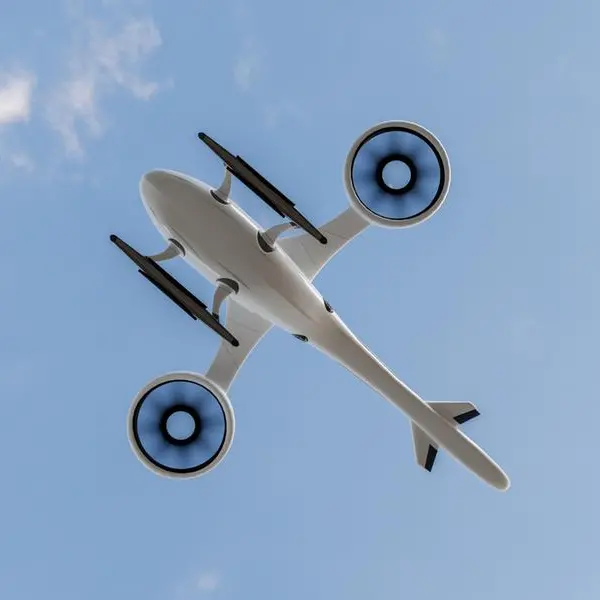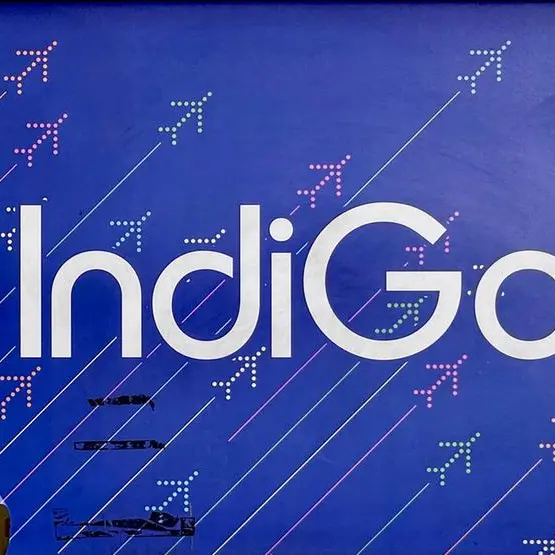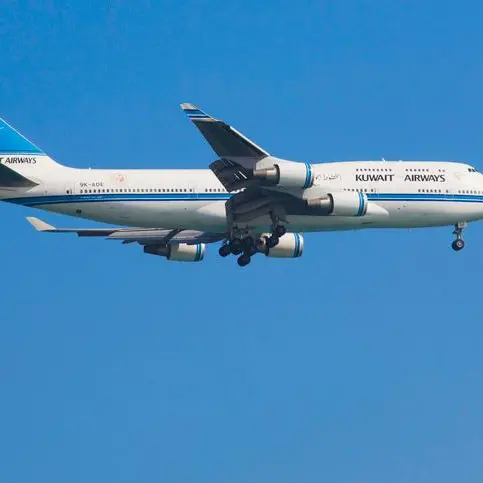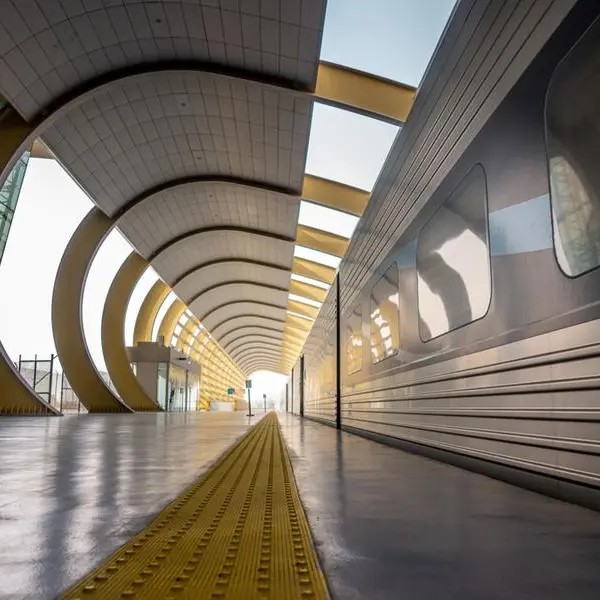PHOTO
Dubai's RTA has approved the final design for flying taxis and vertiports (vertical airports) and they will be launched in the emirate by the end of 2025.
"We are working with GCAA the for the approval process of the aircraft and the goal is to bring the production aircraft to Dubai for flight testing in early 2025 and the goal is to launch the service before end of 2025," JoeBen Bevirt, founder and CEO of Joby Aviation, told Zawya.
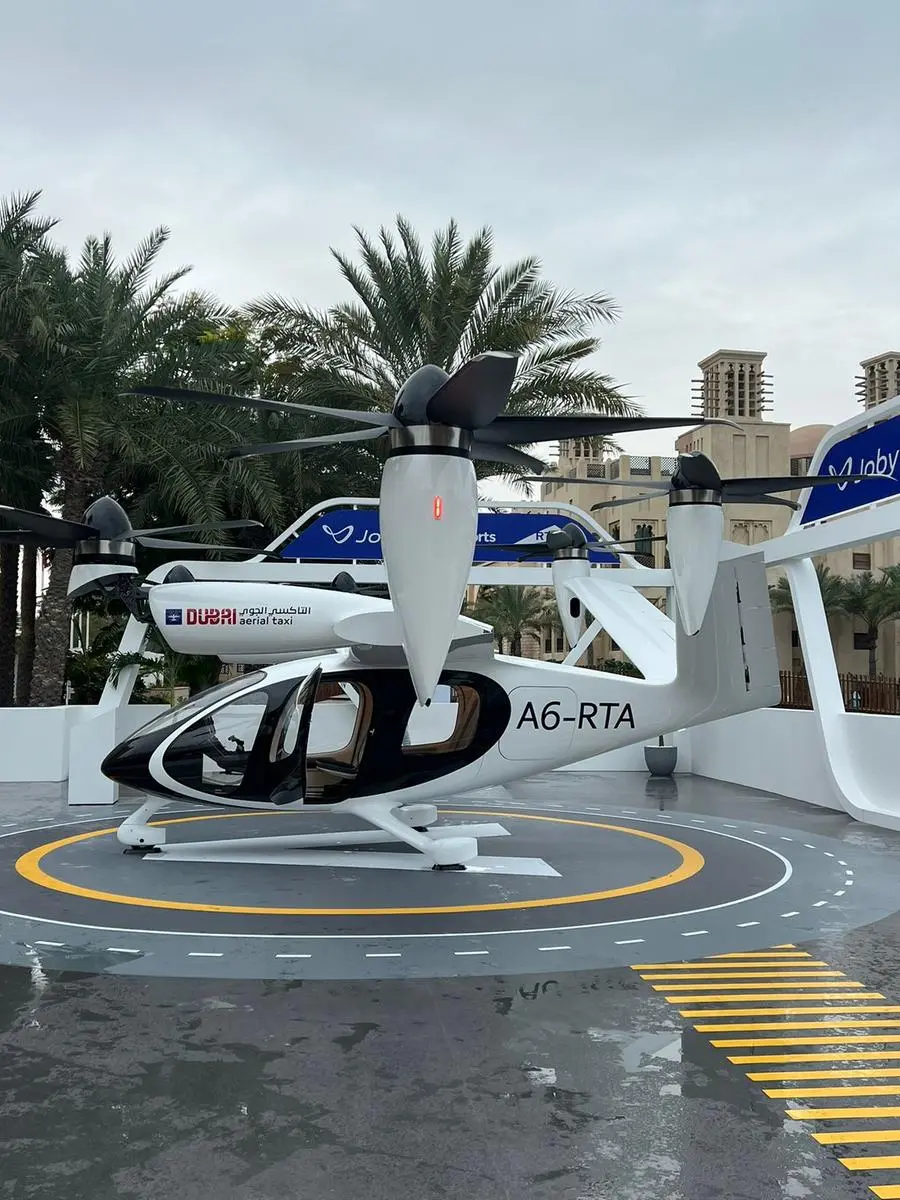

"The initial goal is to launch the service in four routes within Dubai and then to expand the service beyond Dubai," he told Zawya.
Joby Aviation, which develops all-electric aircraft for commercial passenger service, signed a definitive agreement today with Dubai’s Road and Transport Authority (RTA) to launch air taxi services in the emirate.
Joby additionally signed an agreement with London-based Skyports, which will design, build and operate four initial vertiport sites across Dubai. A flight from DXB to Plam Jumeriah is expected to take less than 10 minutes.
“We will soon be breaking ground for the construction of the first vertiport near Dubai International Airport. The first route will be tentatively from DXB to Palm Jumeirah," Addison Ferrell, Director, Skyports, told Zawya.'
The company will start manufacturing the flying taxis in Dubai. Neither Joby Aviation and Skyports would comment on how many taxis they will roll out initially but said will increase the numbers as they scale up production. The flying taxis will have a speed of up to 320 kilometers an hour and range of 260km.
Ferrell said that there will be four veloports, one in DXB and the rest in Palm Jumeirah, Downtown Dubai and Marina . A pricing structure for travel is being worked out with the Dubai RTA, Ferrell said without commenting further.
Regarding the safety concerns of the flying taxis, Bevirt said the taxis have triple redundant flight computers as in large commercial aircraft. The flying taxis will have six propellers. Each of the propellers is driven by two separate motors, each of which is driven by a separate inverter, and each inverter by a separate battery pack.
(Writing by Seban Scaria seban.scaria@lseg.com; editing by Daniel Luiz)
